The sim-racing market is full of different brands offering equipment aimed at satisfying the needs of virtual drivers. And just as with the cars that sell, there are several sim-racing segments for virtually all the peripherals and equipment available to us.
Global players include Fanatec and Moza Racingtwo popular brands in the same segments. These are entry-level, mid-range and high-end in terms of products and peripherals. These three segments are popular not only for their mass appeal, but also for their price positioning.
Fanatec’s range of peripherals is very comprehensive, boasting over fifty wheels in all categories. And I’m not even including bare-bone wheels in this ranking, as they belong to a specific segment in the Fanatec catalog. It’s literally a virtual driver’s paradise, whatever your favourite motorsport discipline.
As far as Moza is concerned, the manufacturer’s range covers all aspects of sim-racing, but with far fewer entries in its catalog. This doesn’t prevent the brand from being competitive, and above all from appearing attractive to pilots. For example, its catalog includes 6 Direct Drive bases, compared with Fanatec’s 3 overall, 2 of which are available in 2 different power levels.
Speaking of bases, Fanatec’s CSL DD is the German manufacturer’s entry-level model. Opposite it at Moza is the R5, and both bases are aimed at a beginner to amateur sim-racing audience. In what follows, we’ll pit them against each other to determine who will be the winner of your sim-racing setup.
The design
The design of these two Fanatec and Moza bases is both identical, yet slightly different. Both are quite square in shape, but Moza’s R5 has an “X”-shaped housing, which I think suits it very well. The casing of both bases incorporates fins to facilitate cooling of the electronics and motor.
The color is standard black, with a hint of matte for the Fanatec base. The most noticeable thing about the latter is its QR, which is a different color from the rest of the housing. It’s black, but light, with gray accents I think. You can see it on the base, but you can’t see it once the steering wheel is installed.
As for the logos, both devices display a certain discretion on this point. Apart from the front and side logos, Fanatec adds the brand’s “F” to the rear of the base.
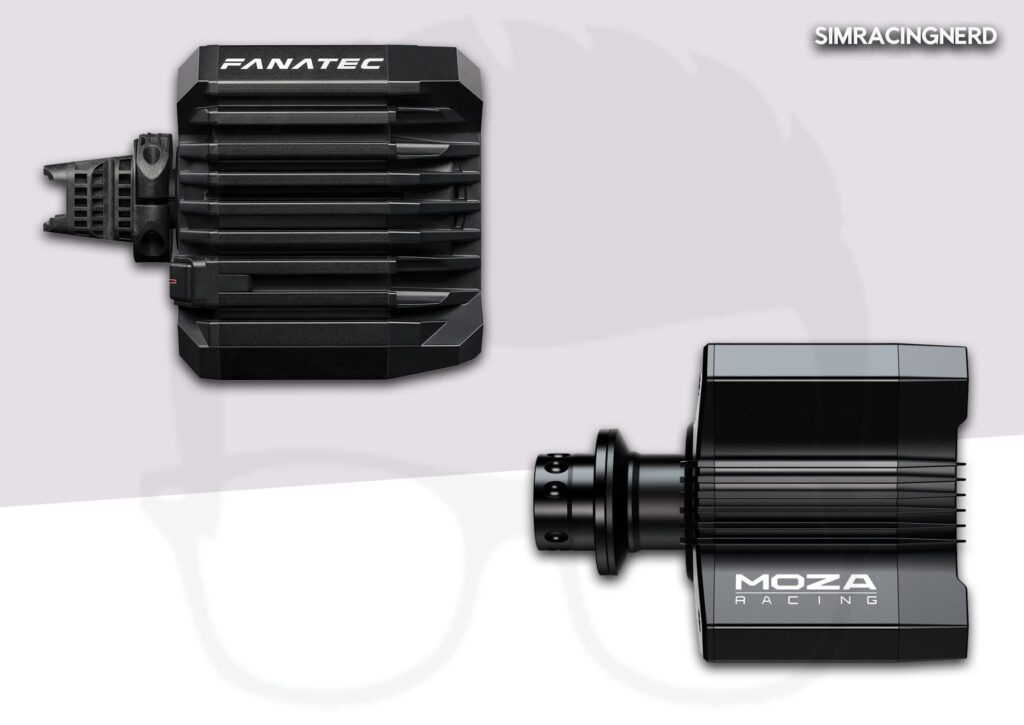
Assembly
A Direct Drive base means chassis and furniture mounting. Moza’s R5 is sold as a bundle only, with a screw clamp included in the package, enabling you to mount it directly on a table or desk. Fanatec also offers a similar accessory, but you’ll have to checkout to get it. And as for stability, both brands’ solutions are good for normal sim-racing use.
Let’s move on to cockpit mounting. Both bases can be mounted on the majority of chassis available on the market. On the CSL DD, Fanatec offers two mounting methods: side-mounting and top-mounting using T-nuts. Moza and its R5 only offer bottom mounting, which requires you to have a chassis with a deck, and most cockpits have this, so no big drawbacks.
The attachment criterion is only relevant if you have several DD bases with a single cockpit, hence the flexibility and adaptability of the CSL DD’s attachment system. But on the whole, the two bases are equal on this criterion.
Sensations on the track
Let’s move on to the on-track sensations with these two competing Direct Drive bases. The Moza R5 develops 5.5 nm of peak torque, i.e. maximum torque for a specific period of time, and this is the case with virtually all brands. Nevertheless, some manufacturers are beginning to offer a constant torque value, but this is generally not applicable to entry-level bases.
As far as Fanatec is concerned, the CSL DD also develops 5 nm of peak torque, but thanks to the boost kit, i.e. the 180 W power supply, you’ll get 8 nm of torque, and that makes all the difference for demanding drivers.
The feel of the two bases is broadly similar. Whether you’re driving the Moza or the Fanatec, you’ll feel more or less everything the car does on the track, and also what it’s subjected to by external elements. Loss of grip, contact with other drivers, shocks, bumps, wheel lock and so on – everything will pass through the Direct Drive base.
But the advantage tends to lie with the CSL DD, in both 5 nm and 8 nm variants. Fanatec’s engine, supported by on-board electronics and firmware, is a real plus over the Moza R5. Light effects, for example, are far more detailed on the German base, as are large effects such as shocks. The overall experience is fairly similar between the two bases, but a seasoned driver will notice the difference at the wheel of the CSL DD.
Platform compatibility
Fanatec’s CSL DD offers a big advantage over the Moza R5 thanks to its compatibility with all gaming platforms available on the market, namely PC, Playstation and Xbox. Depending on the Fanatec wheel you have, the base will be supported by any platform. The only point to consider, and above all to pay attention to, is the steering wheel you intend to buy, as this will dictate the base’s compatibility.
As far as the R5 is concerned, I have to say that the story is rather disappointing. All Moza Racing bases, apart from the little R3, are only compatible with Windows PCs. If you’re a console racer, Fanatec remains the go-to, as the German brand offers a whole range of peripherals compatible with Playstation and Xbox.
Compatibility with brand ecosystems
Both manufacturers offer a catalog covering a wide range of motorsport disciplines, and both bases are compatible with virtually all sim-racing equipment and peripherals on offer. Well, almost.
Fanatec is renowned for having a very closed ecosystem, like Apple: absolutely all the manufacturer’s products and peripherals work magnificently well together, as if by magic. But the brand does offer hubs so that its bases can be used with competing steering wheels.
At Moza, the story is much the same. Apart from the V1 steering wheels in the brand’s catalog, which used the old QR, everything else is compatible with the R5.
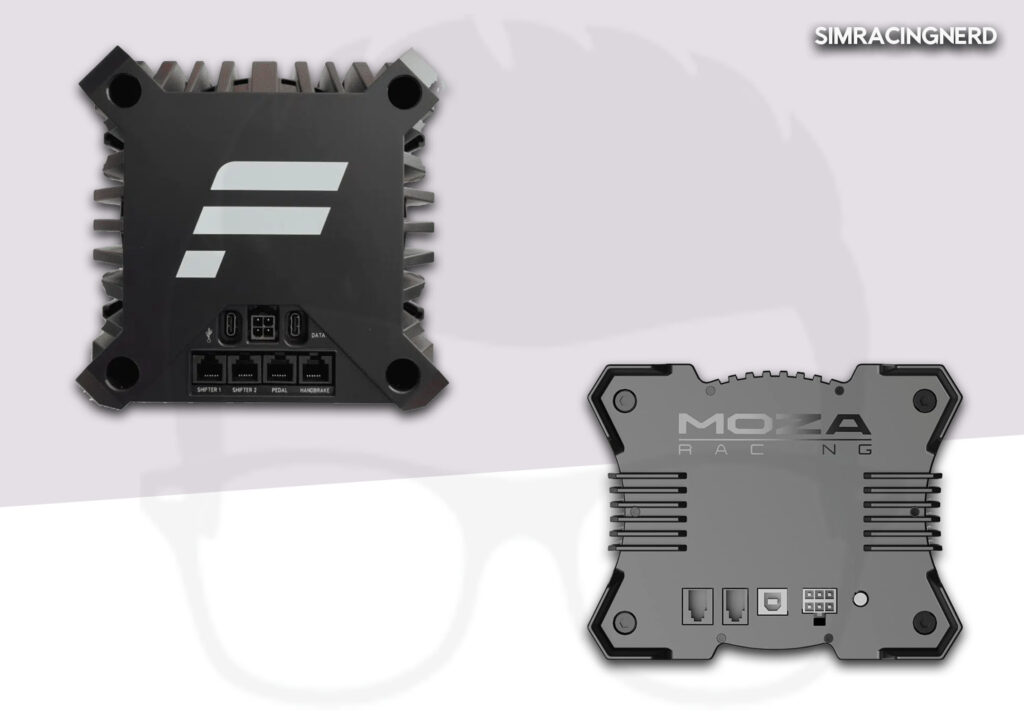
Value for money
The CSL DD in 5 nm goes for €350, and the one with the boost kit costs €100 more, or €450. The R5 is sold only as a bundle with steering wheel, crankset and clamp for €480 from Moza’s authorized distributor in France.
At first glance, you might think that the R5’s price/performance ratio – which is good for both bases, by the way – is superior to that of the CSL DD in 5 nm, thanks to the availability of bundles from Moza. Except that Fanatec also offers bundles starting at €400, the CSL Ready2Race, with much better setup customization.
That said, in terms of value for money, and performance too, you’ll be well off with both brands.
The best choice between the two bases
Ah, it’s time to decide the winner between the Fanatec CSL DD and the Moza Racing R5. We’ve seen that each base has its strengths, and also its weaknesses. The R5, for example, is available in a bundle comprising the base, a steering wheel, a pedal board and a clamp for attaching everything to furniture. Fanatec offers cheaper bundles, but you won’t necessarily get everything in the box, especially the clamp.
However, if you’re looking for a winner based solely on performance, cross-platform compatibility and the richness of the catalog, Fanatec’s CSL DD comes out on top. What’s more, the German manufacturer of sim-racing peripherals is known for running promotions on its products, which brings the price of its bundles down even further.

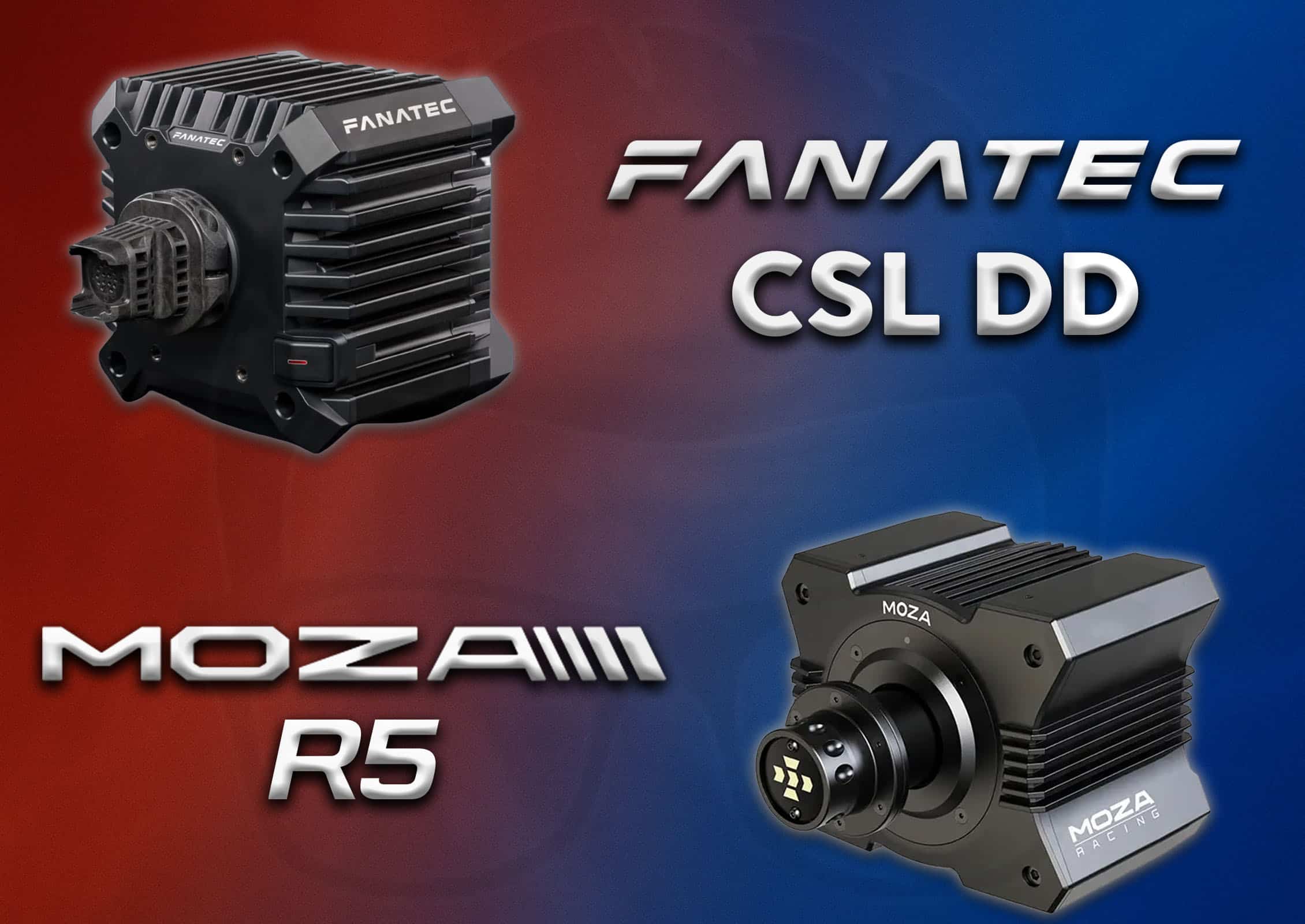
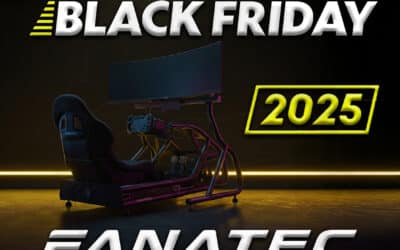
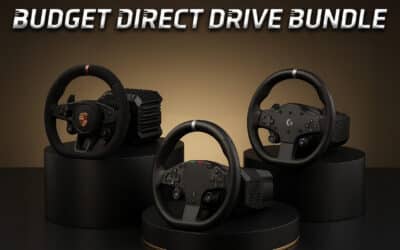
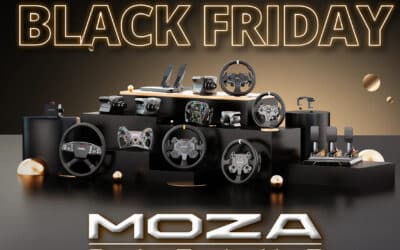
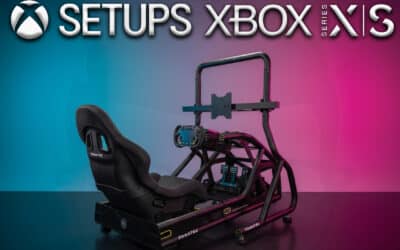


0 Comments